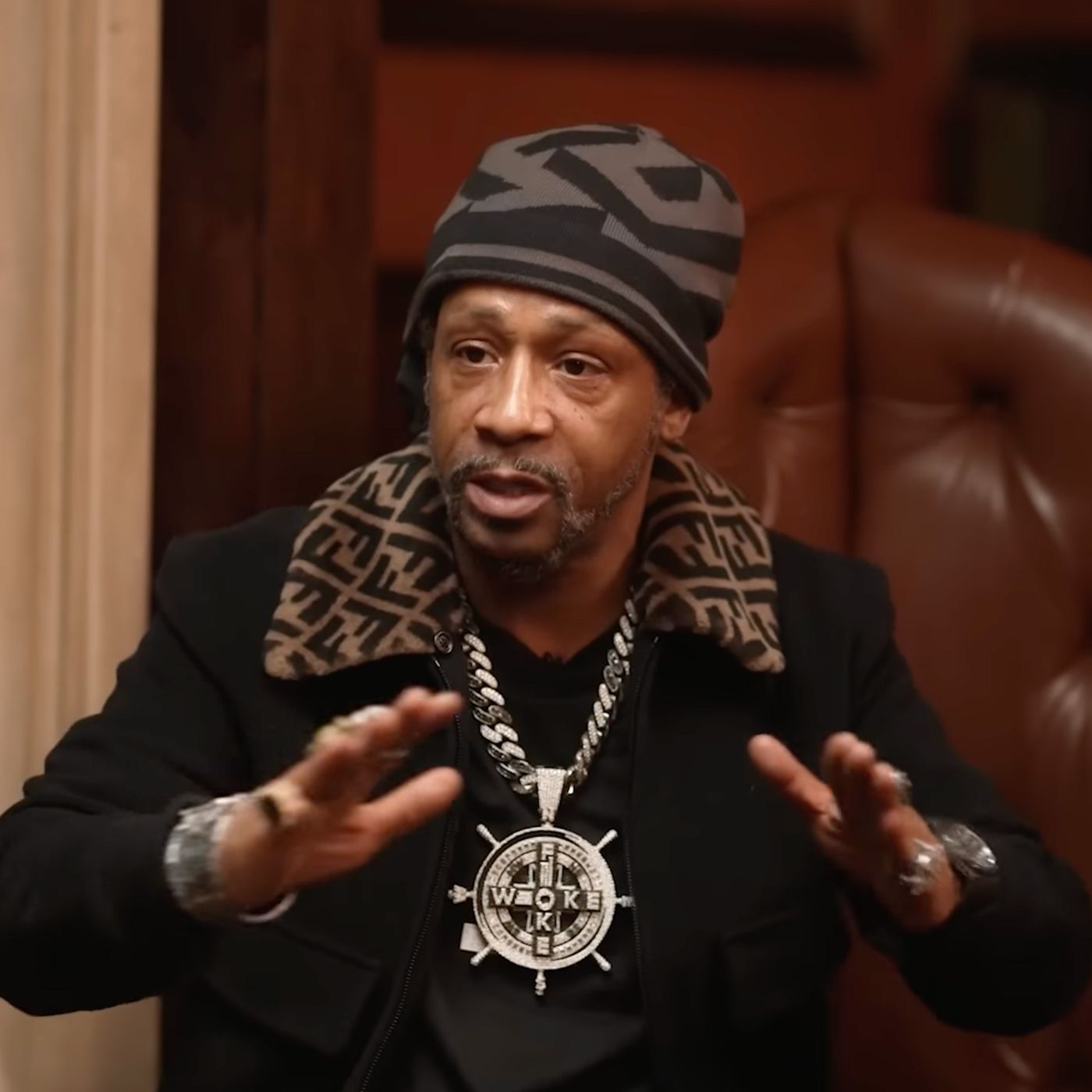In the world of rap, it’s easy to get caught up in the drama between artists like Drake and Kendrick Lamar. But beyond the headlines and social media squabbles lies a darker narrative involving some of the most influential figures in the music industry. Comedian and commentator Cat Williams has stirred up controversy with his claims about how the industry’s power players are allegedly pulling the strings behind these high-profile feuds and benefiting from the chaos that ensues.
The Real Winners: Behind the Curtain
While fans debate who emerged victorious from the Kendrick Lamar and Drake feud, Cat Williams insists that the real beneficiaries are not the artists themselves but the moguls who control the industry. Specifically, Universal Music Group CEO Lucian Grainge is alleged to be a central figure in this behind-the-scenes manipulation.

Kanye West once called Lucian Grainge Drake’s “baby daddy” or “sugar daddy,” a provocative statement that hinted at the influential role Grainge plays in Drake’s career. Rumors suggest that Grainge’s favorable treatment of Drake might be linked to his cultural background and his deep connections within the music industry.
The Mega Deal and the Rumors
Drake’s rumored $400-500 million deal with Universal Music Group in 2021 raised eyebrows, not just for its unprecedented size but also for its potential implications. There’s speculation that this deal included more than just financial compensation—it might have involved acquiring ownership stakes in other artists’ catalogs, further consolidating Drake’s influence and power.
The speculation extends to possible maneuvers behind the scenes, such as Drake allegedly trying to acquire Kendrick Lamar’s rights. This rumored power play could explain the ongoing tension between the two artists. The situation took a darker turn when Kendrick accused Drake of being involved in shady dealings, including trafficking operations, in his diss tracks.
Trafficking Allegations and Industry Secrets
Kendrick’s accusations are more than just lyrics; they’re linked to a broader narrative involving allegations of trafficking within the industry. Lil Rod Jones, a producer, recently filed a lawsuit that named Lucian Grainge among the defendants, accusing him of supporting Diddy’s alleged trafficking operations. According to the lawsuit, Grainge and Diddy were reportedly involved in covert activities, with Grainge’s role in these alleged operations being a matter of significant concern.

The connection to Drake is murky but unsettling. Rumors suggest that Grainge might have been preparing to replace Diddy with Drake in these illicit schemes. This speculation is fueled by Cat Williams’ assertion that the deaths of rappers often benefit someone higher up, profiting from the resulting chaos and loss.
Drake vs. Kendrick: The Feud Revisited
The feud between Drake and Kendrick Lamar can be traced back to Kendrick’s 2013 verse on Big Sean’s track “Control,” where he called out several rappers, including Drake. Although Kendrick later clarified that his verse was more about ambition than actual beef, Drake took offense, and their rivalry intensified over the years.
Recent tracks from both artists, including Kendrick’s “Like That” and Drake’s “The Heart Part 6,” show the ongoing jabs and subliminal shots they’ve exchanged. While Drake has dismissed Kendrick’s attacks, claiming they don’t bother him, there’s a sense that the feud is more than just personal animosity—it’s deeply intertwined with the larger power dynamics of the music industry.
The Dark Side of the Music Business
Cat Williams’ theory about the music industry suggests a grim reality: rap beefs might be orchestrated by industry bigwigs to create drama and generate profit. According to Williams, whenever a rapper is killed, the real beneficiaries are those in power who don’t have to deal with the artist or their entourage anymore. Instead, they reap financial rewards from the tragedy.
This theory aligns with past incidents where major artists like Michael Jackson and Prince faced significant struggles with their labels before their deaths. Williams implies that the tragic ends of these artists were not mere coincidences but were rather part of a larger, sinister pattern.

Conspiracy or Reality?
Theories about industry conspiracies are nothing new, but Cat Williams’ perspective adds a provocative twist. The notion that the music industry’s elite manipulate artist feuds for their benefit is compelling, especially when viewed alongside the alleged trafficking connections and the dark history of artist deaths.
As fans continue to dissect the Drake vs. Kendrick saga and the role of figures like Lucian Grainge, it’s clear that there’s more to the story than meets the eye. Whether these theories are grounded in fact or simply speculation, they highlight the complex and often hidden dynamics of the music business.
In the end, the real question remains: how much of what we see is orchestrated by those who benefit from the chaos, and how much is genuine rivalry? As the drama unfolds, one thing is certain: the music industry’s hidden machinations are far more intricate than any beef between artists.